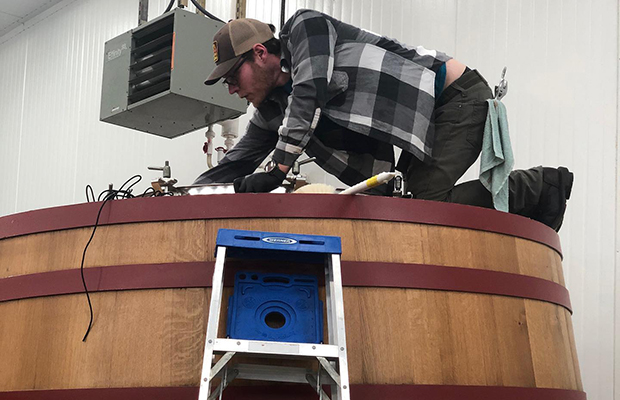
From a team of two getting out nano and small batches to a 24-hour production operation, properly planning and organization can help increase output, improve quality, and save on headaches.
Having the proper SOPs in place, of course, can be important. But having detailed notes and the ease of sharing all the information with anyone is just as key.
Scheduling, for Cascade Brewing, is dynamic and a simple Word document covers most of the tasks and when changes are needed. It’s updated weekly to keep everyone in the loop on the production side.
Head Brewer Mike Mathis said that most printed documents are all kept in as many waterproof containers as possible.
“Spreadsheets make up most of the documentation,” he said, “[we] keep the ones that are needed out and file the rest.”
For scheduling, Boomtown Brewery has two main whiteboards: one that focuses on daily tasks and one that plans out the week.
”This allows the crew to have an idea of what’s expected of them throughout the week,” said Ben Turkel, the brewery’s Production Manager. ”There are also two whiteboard calendars for 60-day planning of tank rotations and canning releases. This is coordinated with sales and the taproom to make sure we have the right amount of product and that everyone knows what’s coming down the line.”
For documentation, Boomtown uses paper log sheets on each tank (for daily activities) and then EKOS for data entry and archival purposes.
“The paper copy allows crew members to write down actions, notes, observations, and daily data entry,” Turkel said. “The digital database allows us to combine all the daily information into a cohesive collection of numbers and observations that can help determine whether a recipe should be altered, how long new recipes take, and generally where our timing/efficiencies lay.”






Be the first to comment